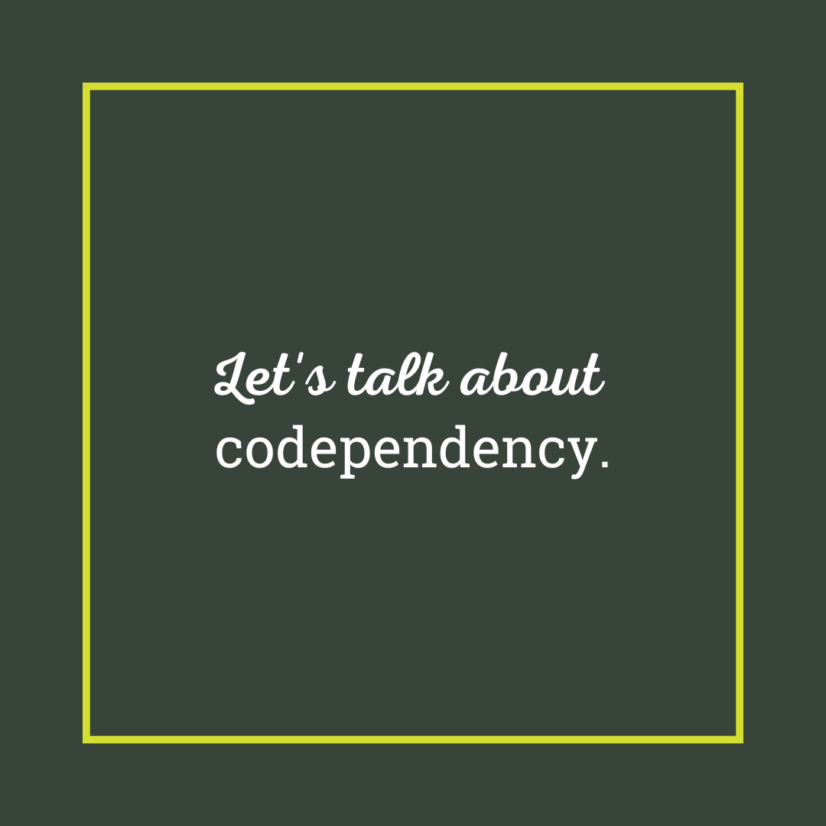A codependent person, defined by Melody Beattie in her book Codependent No More, is “one who has let another person’s behavior affect him or her, and who is obsessed with controlling that person’s behavior.”
She states, “the other person could be a child, adult, lover, spouse, sibling, parent, client, family member, or best friend.
Codependency is often found in adult children of alcoholics, people in relationships with emotionally or mentally distressed persons, people in relationships with chronically ill people, parents of children with behavior problems, people in relationships with irresponsible people, professionals – nurses, social workers, and others in “helping” occupations.”
Alcoholism in the family is a large contributor to codependency, but other common denominators began to emerge as this relational dynamic was further studied. They found having a relationship personally or professionally, with troubled, needy, or dependent people was one of these common denominators.
They also noticed specific unspoken rules that were developed in the immediate family of the codependent creating a blueprint for relationship patterns in the future.
These family rules prohibited:
-discussion about problems
-open expression of feelings
-direct, honest communication
-realistic expectations (such as being human, vulnerable or imperfect)
-selfishness
-trust in other people and one’s self
-playing and having fun
-rocking the delicately balanced family canoe through growth or change (however healthy and beneficial that movement might be)
As Beattie states, “the heart of the definition and recovery lies not in the other person – no matter how much we believe it does. It lies in ourselves, in the ways we have let other people’s behavior affect us and in the ways we try to affect them: the obsessing, controlling, obsessive “helping,” caretaking, low self-worth bordering on self-hatred, repression, abundance of anger and guilt, peculiar dependency on peculiar people, attraction to and tolerance for the bizarre, other centeredness that results in abandonment of self, communication problems, intimacy problems, and an ongoing whirlwind trip through the five-stage grief process.”
We live in a broken world which involves broken people, diseases, and pain.
This can create feelings of victimization, but it is up to us to decide what part we played in our victimization. Codependent behaviors and patterns have the potential to prevent us from finding true contentment, peace, and happiness with the most important person in our lives – ourselves.
Let’s explore together what it looks like to create healthy habits in the way we interact with others and ourselves.
Over the course of the next several blogs, we will begin to take a deeper look at characteristics of codependency, patterns that emerge, and what it looks like to begin the process of recovery from codependency.
Reference Used: “Codependent No More” by Melody Beattie
By: Betty Gebhardt, APC

